How A Dog Communicates With Their Tail

Animals can’t talk like humans, but they can express their feelings in other ways. Read this article to learn how a dog communicates with their tail. It’s fascinating!
How a dog communicates with their tail
A dog uses their tail to express their opinions or emotions. This is why it’s quite important to be aware of what their tail movements might mean. It’s definitely worth finding out.
A dog communicates in many different ways. They use their eyes, body, or ears… but their tail is their main tool for expression. Knowing how to interpret what your dog is trying to say is really important to provide them with what they need and understand them properly.
Your dog communicates a lot with their tail, which assumes different positions or movements depending on the circumstances. Their mood, how comfortable they are, whether they feel like playing, and even fear are just some of the things that their tail can tell humans.
It’s interesting to observe how their tail can function as a sort of emotional “thermometer”. However, something even more curious is that there is a different meaning when a dog wags their tail to the left or to the right. If their first movement is to the right, this means they’re happy. But if the first movement is to the left, this means that they are feeling threatened. Obviously, their tail is connected to their brain!
What do the different movements mean?
There are different movements or positions that your dog’s tail can use to express what they’re thinking or feeling. Here are some of the most common:
1. Relaxed tail
This means that your dog is relaxed, content with the situation, and nothing is bothering them. It’s the same if they make very light movements.

2. Tail pointing down
This position tends to be accompanied by other signals, such as the ears pointing backwards or a hunched up body. This means that your dog feels anxious, scared, or stress. It may also move from side to side, which means that they’re having difficulty understanding what’s happening.
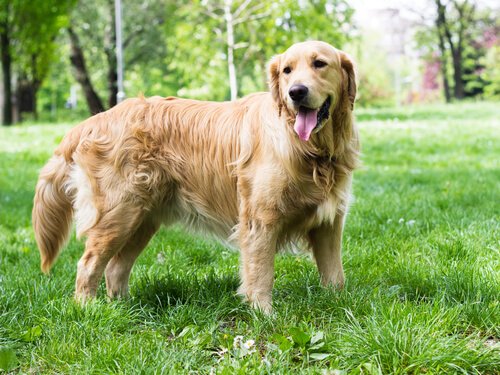
3. Tail between the legs
This is one of the more well-known positions. It may take place during a stormy night or when faced with a stray animal. It’s meaning is simple: your dog is afraid.
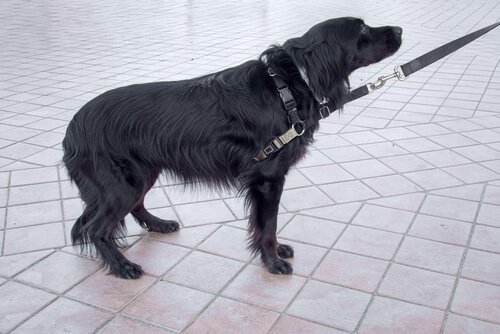
4. Rigid tail
If their tail is horizontal, parallel to the ground, this means that they are on the alert and paying attention to something potentially dangerous or threatening. This happens a lot with hunting dogs such as Beagles.
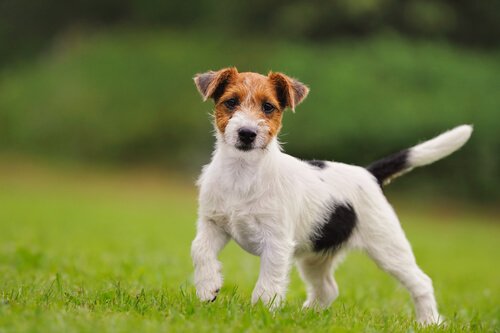
However, a rigid tail can also mean other things, depending on the movement. If the movements are light this could be a sign of nervousness. However, if the movements are strong, this could mean that they are feeling restless, excited, or paying extreme attention to something.
5. Tail pointed high
When this happens it means that your dog is feeling very confident. However, they could also be on the alert. For example, when they meet another dog in the park.
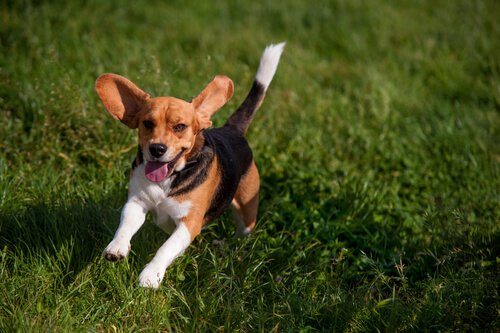
6. Tail lifted at mid-range with fast movements
You most likely already know this one because you’ve seen it each time you come home from work or when you go to the park with your dog. This means that your dog is happy!
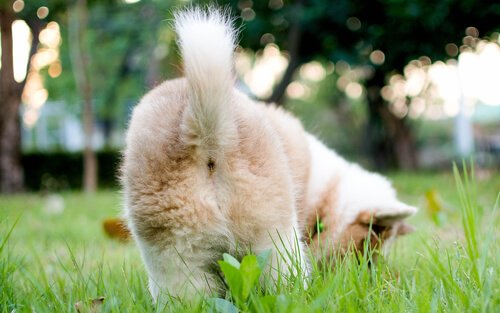
You might be wondering what happens with dogs that have short tails (like the Cocker Spaniel) or a curly tail (like the Pomeranian). Well, the former can still move their tails a little and show some emotions, but the latter have it a bit more complicated.
If you have a dog with a tail curved upwards or a very young puppy, you’ll have to pay attention to their body language: the ears and posture are the easiest to interpret.
This text is provided for informational purposes only and does not replace consultation with a professional. If in doubt, consult your specialist.